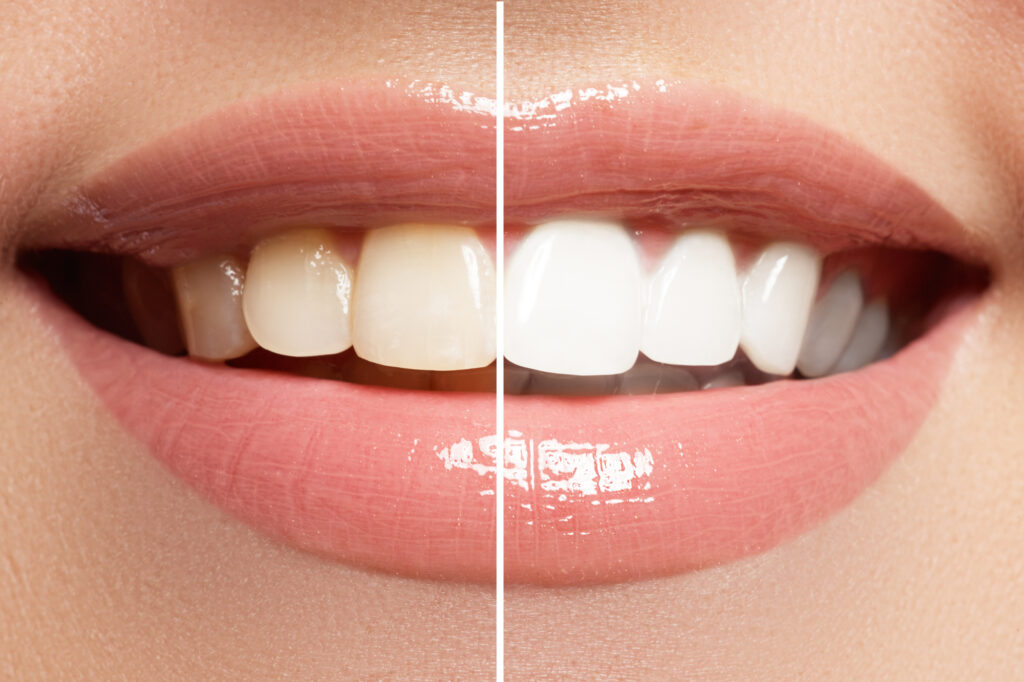Over 50 million Americans suffer from many types of allergies per year. One of the most common types people suffer from is indoor allergies.
If you’re one of these people, you’ll want indoor allergy relief. Without fixing your problem, you may continually feel congested and have a cough among other symptoms.
Keep reading to learn about the different types of indoor allergies. Also, find ways to get rid of them.
Dust Mites
If you’re sneezing indoors, dust mites and dust are one of the first allergens you should tackle. Dust consists of particles that include skin cells, fabric fibers, and dirt. It’ll accumulate on your walls, among other surfaces.
To deal with indoor dust and dander, use a dry microfiber rag to wipe your surfaces from top to bottom. This means to start from your ceiling and wipe everything down until you reach the floor. Afterward, vacuum your floors and other surfaces the dust could have landed on.
Avoid using chemicals to deal with dust. These can also cause allergies.
Mold
It only takes 24–48 hours for mold to grow on a damp surface. Depending on the type of mold, you could suffer from various indoor allergy symptoms like a runny nose or scaly skin.
Orange mold grows mainly on wood, but it’s harmless. Then there’s black mold. There are over 60 species of them.
Some are harmless, while others are harmful.
To remove mold from a non-porous surface (like metal), apply a non-ammonia-based cleaner and scrub it off with a rag. When dealing with mold on porous surfaces (like concrete), you’ll want to hire a mold remover.
Mold will penetrate porous surfaces, which makes it difficult to remove. Even using chemicals like bleach won’t help.
Air Pollution
Air pollution is likely the culprit when dealing with indoor allergies in summer. Common air pollutants include:
- Pollen
- Ozone
- Sulfur dioxide
- Nitrogen dioxide
- Carbon dioxide
Many don’t understand the impact of allergies. If you don’t deal with them, you could suffer from chronic symptoms. That’s why you should eliminate allergies before they cause issues.
Air pollution can come from many sources: cars, trees, factories, fires, and more. There isn’t much you can do. But you can buy a cheap air purifier with a HEPA filter if you’re budgeting, but it isn’t the best filter.
That title goes to MERV 13 filters. They’re expensive and are the highest-rated air filters you can use. You could combine several of these with a box fan and create a DIY air purifier.
Carbon dioxide will accumulate in your home from human and pet activities throughout the day.
While CO2 won’t cause allergies, it can make allergies worse. To clean CO2 from your home, first, check your outdoor air quality. If it’s good, air out your home for at least 15 minutes a day.
Indoor Allergies Shouldn’t Ruin Your Home Life
While you’ll find varying types of indoor allergies, many simple solutions exist to get rid of them.
Get the most out of life. Explore more of our blog to find additional resources covering ways you can live healthier and find your zen.





Leave a Reply
You must be logged in to post a comment.